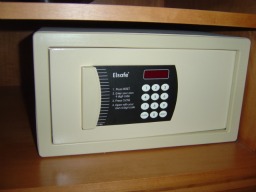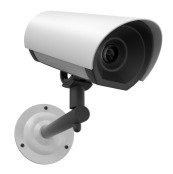"What Type of Fire Proof Safe Will Best Protect My Valuables?"
A fire proof safe will protect your valuables from a fire. There are several different types of safes available that help protect your valuables in different ways.
Depending on the type of valuables that you have, you will want to consider a safe with a rating that will best protect your items.

What are the Requirements for a Fire Proof Safe?
The Underwriters Laboratory (UL) has developed standards regarding safes. UL is an independent safety science company.
UL Ratings
Since there are many types of valuables that people put in safes, there are different standards that consist of three temperatures and five time durations. Paper items will have different temperature tolerances than disk drives or jewelry. The UL has different ratings regarding time and temperature.
To earn a UL certification, a safe should be able to completely protect the documents and valuables that are inside the safe at the following levels of fire exposures.
The temperature rating on a UL label will show the maximum temperature allowed inside a safe. If the temperature exceeds 350 degrees Fahrenheit, the safe will fail the UL test for paper related products. If the temperature exceeds 150 degrees Fahrenheit, the safe will fail the test for tapes and cartridges. If the temperature exceeds 125 degrees Fahrenheit, the safe will fail the test for diskettes.
The time rating on a UL label will show the amount of time that the product has been tested in extreme conditions while keeping an appropriate safe temperature inside. The five time lengths are 1/2 hour, 1 hour, 2 hours, 3 hours, and 4 hours.
The time rating also designates how hot the furnace should be when testing. The furnace is the testing 'oven' where the product is placed. The temperature inside is to not exceed the respective safe levels.
- 1/2 hour rated products - 1550 degrees Fahrenheit
- 1 hour rated products - 1700 degrees Fahrenheit
- 2 hour rated products - 1850 degrees Fahrenheit
- 3 hour rated products - 1920 degrees Fahrenheit
- 4 hour rated products - 2000 degrees Fahrenheit
UL Tests
Safes may undergo four different types of fire resistant tests:
- Fire endurance test
- Fire impact test
- Explosion Hazard test
- Explosion and Impact test
In a fire endurance test, there are specifications to ensure consistent testing among products. For instance, the products are conditioned for at least 12 hours prior to the test. The conditioning ensures that the internal temperature of the safe is between 65-75 degrees Fahrenheit when the test starts.

There are also specifications regarding how fast the temperatures should be raised based on the classification level. The furnace heat should rise at a carefully monitored rate until the specific temperature is reached.
There are also safes that go through a fire impact test. The safes are heated to a specific time and temperature based on the classification. The safe is then immediately taken away from the furnace and dropped from 15 to 30 ft (based on the rating) onto a pile of broken brick or a concrete base.
The safes are then checked for any signs of ruptures. The safes are then heated back to the specification levels. After the safes are heated, they are cooled. They are then checked thoroughly for insulation, fastening between parts, and the usability of the valuables inside.
In an Explosion Hazard test, the furnace is left empty and heated to 2000 degrees Fahrenheit. The safe is then quickly put in the furnace for a 1/2 hour. If the safe does not explode, it is thoroughly inspected.
There are also tests that combine aspects of both Explosion and Impact tests.
When purchasing a fire proof safe you need to careful of the UL label. Products could say 'tested to UL standards'. These products might have actually failed the tests. For more information on UL and their standards, you can click here.



